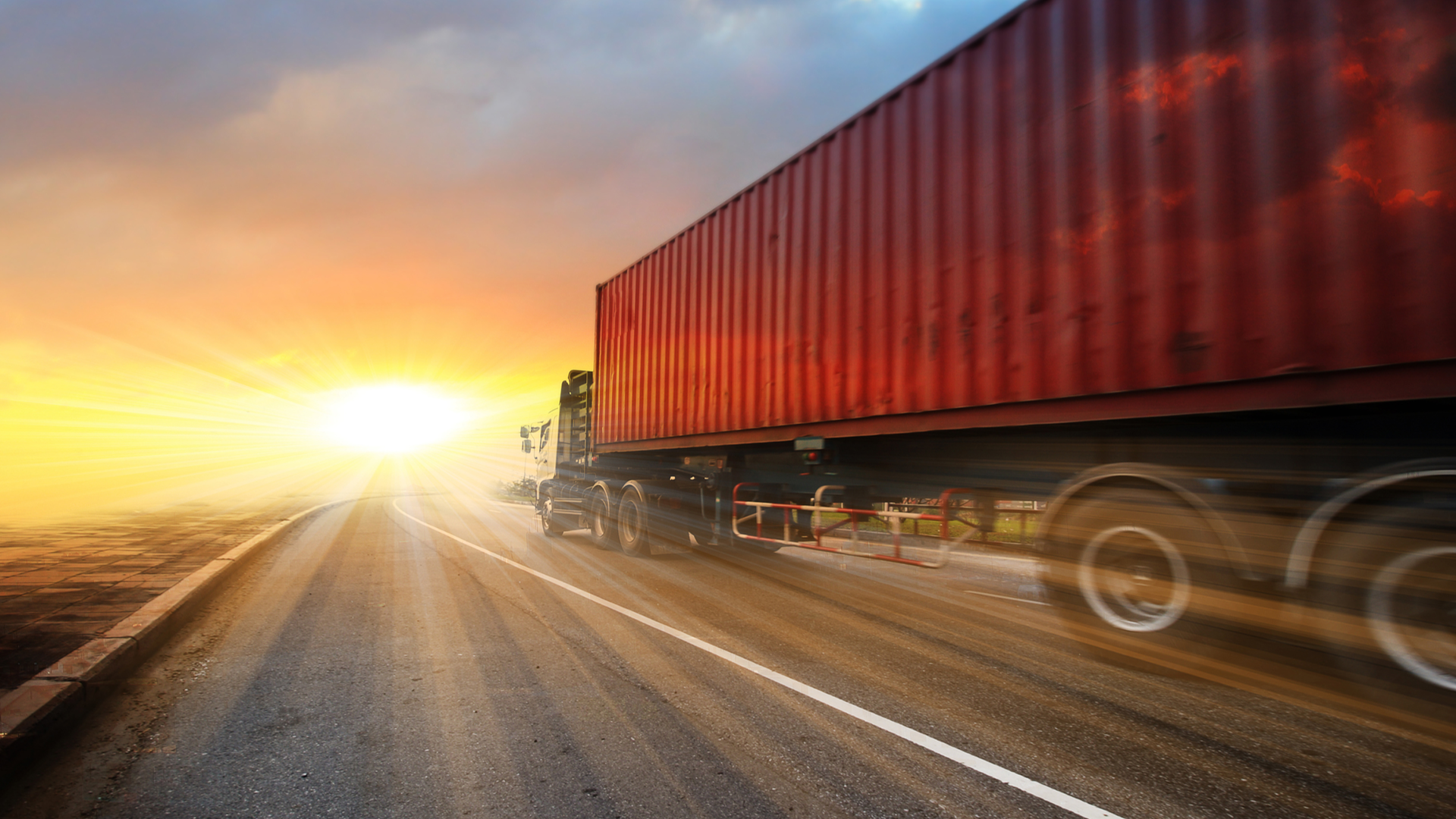
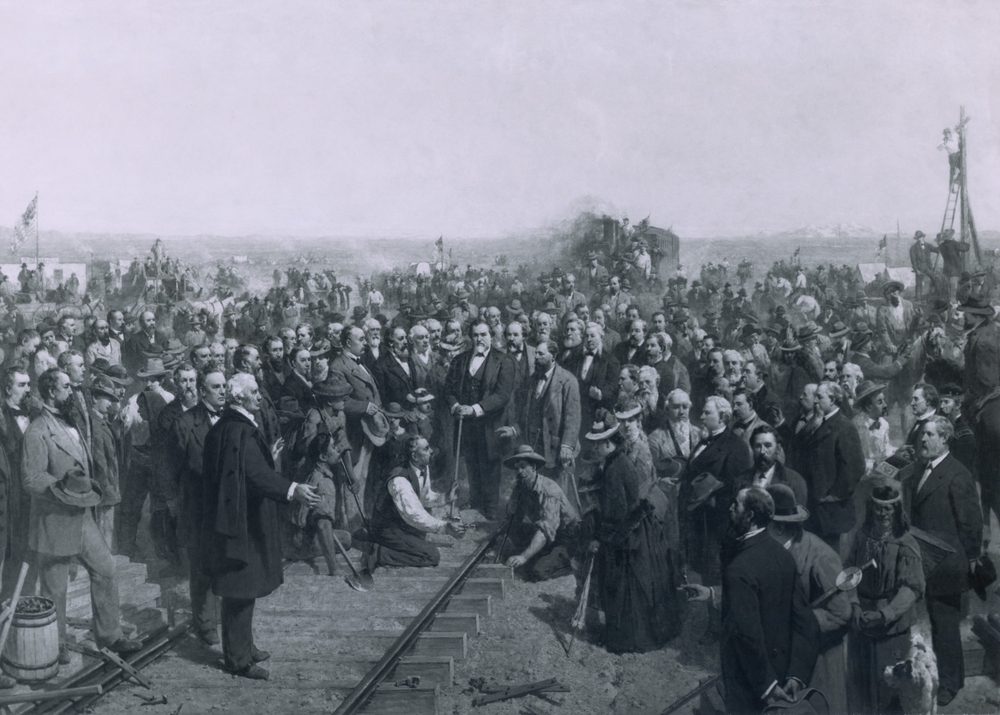
Site selectors had it easy in 1870.
Back then, any company looking to expand probably had one simple request: put me close to the transcontinental railroad.
Completed in May of 1869, the rail line connected the East Coast to California. When it came to commercial transportation infrastructure, there was no bigger deal.
Millions of dollars worth of freight moved back and forth across the country, including crops, raw materials and manufactured goods. The railroad kicked off an international trade boom that helped the United States become the most powerful economy on the planet.
The railroad gave businesses cheaper, faster access to more markets. Cities grew. Industries flourished. Millionaires and billionaires were made.
For hundreds of companies, setting up shop along the intercontinental railroad was like going from crawling on all fours to being shot out of a rocket.
Today, things are a bit more complicated.
But for any company serious about growth, finding a site supported by a solid transportation infrastructure is the secret to future success.
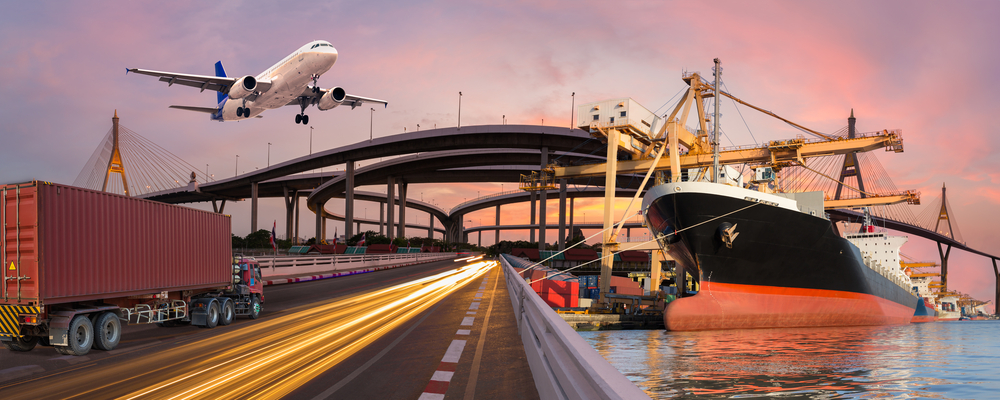
Every year Area Development magazine releases the results of a Consultant's Survey that includes list of critical site selection factors. The list runs the gamut from workforce and taxes to incentives and utilities.
While there has been some shuffling from year to year, transportation consistently ranks near the top of the annual list. On the 2021 survey, “Highway Accessibility” is tied for second place with "Availability of Skilled Labor."
It makes sense that transportation is recognized as one of the most important factors when considering a new location. Movement and access are essential to growing a business. Companies need quick access to materials, customers and vendors.
But transportation needs are not the same for every company.
When it comes to catching the eye of expanding corporations, there isn’t one secret sauce. Everything depends on the company’s industry, size and individual operational needs.
What appeals to a technology manufacturer is not the same thing that floats the boat of a major retail fulfillment center.
Your location’s infrastructure might be perfect for a medium-sized company that makes industrial hoses, but unrealistic for an aerospace manufacturer that needs a massive footprint and weekly container deliveries from overseas suppliers.
The most important thing that any location can do is know its limitations. You need to understand that having an airport and an interstate doesn’t automatically put you in the running for EVERY expansion and relocation.
But you should also know that NOT having some of those things doesn’t automatically disqualify you either.
RELATED READ - What Site Selectors REALLY Want: The 9 Big Things That No Corporate Relocation Can Resist

Site selection is not a beauty pageant.
It’s not a popularity contest or a lottery.
How companies decide where to locate or expand is a carefully considered process that requires lots of serious math and mind-numbing logistical analysis.
Businesses provide site selectors with a list of location wants and needs. The selectors create a long list of viable sites based on those wants and needs, then gather information and crunch numbers.
In most cases, locations are assigned scores based on the company’s original lists of wants and needs. The highest scores make it to the “next round” of spreadsheets and scrutiny.
The long list gets shorter. Specific costs get calculated. Risks get analyzed. Eventually a clear picture of top contenders comes into view.
It can be frustrating for economic developers because most of the time, we don’t even know if we’re in the race. Most of the hard work that goes into helping companies make decisions happens behind the scenes. Our locations can get selected, analyzed and rejected without us even knowing about it.
And here’s the thing, even if we knew about it, it wouldn’t help.
As I mentioned, for most of the process, site selection isn’t about who makes the best pitch or offers the biggest perks. Ninety-nine percent of the battle is fought and won in the spreadsheet trenches. If the scores add up and the numbers make sense, only THEN should you start rehearsing your song and dance.
Only THEN do you cue the parade of incentives and local goodwill.
But before that, it’s all facts and data.

So what facts and data are most important when it comes to transportation infrastructure?
The simple answer is “it depends.” It depends on what the company needs. It depends on what you have and/or what you are willing to offer. It depends on what’s happening locally, regionally and globally.
But “it depends” doesn’t do anybody much good if you’re interested in understanding how to evaluate your transportation infrastructure.
That’s why I did some homework. I took a closer look at the lists of priorities identified by site professionals and CEOs. I dug into articles, papers and presentations from consultants and researchers.
And what I found was that three big transportation factors stood out from the rest...
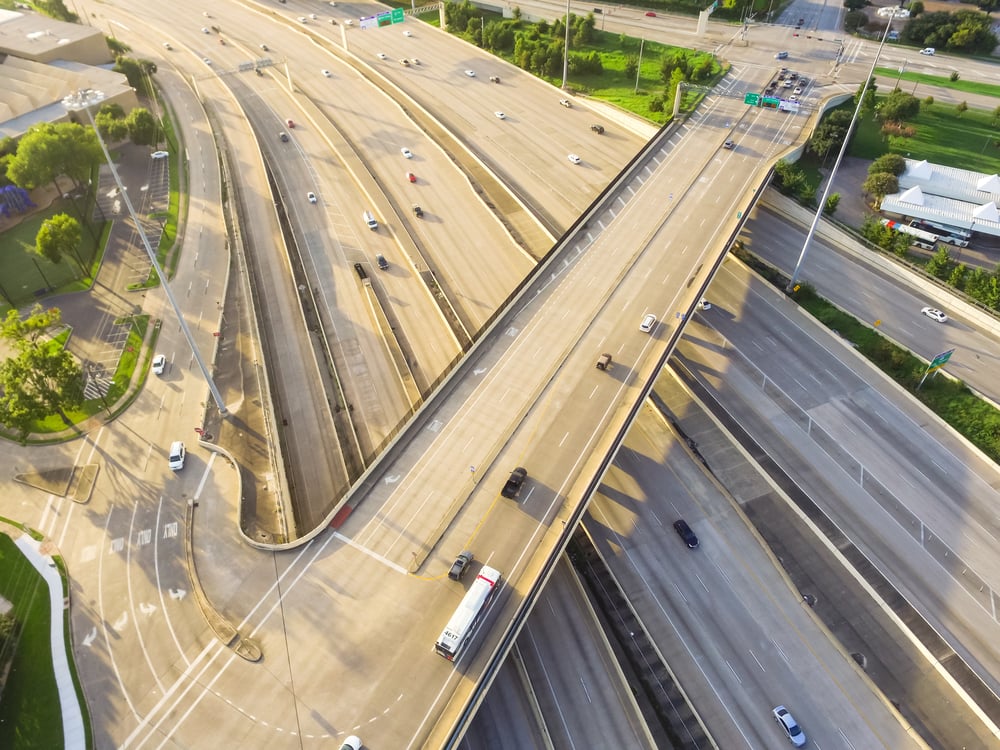
There’s no getting around it, if you want to attract companies, you’re going to need roads. In most cases, the bigger the better. And since nobody has much use for a road to nowhere, those roads need to connect to places that are important to companies.
Companies need access to suppliers, markets and hubs like ports, airports and rail terminals.
Selectors evaluate a site based on what roads currently exist and how close the site is to an interstate or major highway. Because when it comes to attracting outside companies, nothing stands out more than a fast, reliable and safe interstate. Big roads sell sites the same way that walk-in closets and an open floor plan can sell a house.
But while many companies think they can just locate near an interstate and “request a new exit,” things don’t exactly work that way. Building new roads and upgrading older roads doesn’t happen overnight. So most sites are presented as “what you see is what you get” in terms of transportation infrastructure.
What if you don’t have a nearby interstate? Don’t sweat it.
Many locations might assume that just because they don’t currently have access to major interstates, they are automatically out of the running. But some smaller and mid-size companies might do fine with two-lane or four-lane roads. And in some cases, companies looking for interstate access will consider committing to a location that has highway projects or upgrades planned for the future.
Many companies will claim that they NEED to be within 5 miles of an interstate, but site selectors can help them determine exactly how (and if) that proximity will really impact costs. In some cases, depending on the business, sites that are 10 miles away from an interstate will work without negatively impacting the bottom line.
The selection process also takes into account internal site access, asking questions such as: What will the company need in terms of road access to the site? Will feeder roads be necessary? If there are trucks entering and leaving the site on a regular basis, will they require turn lanes? Or stop lights for trucks turning left on major access roads?
In terms of existing roads, two of the biggest concerns for companies are congestion and quality.
Chronic congestion is a red flag for a business that moves products via trucks. So obviously, the less traffic, the better. And road conditions might matter more than you think if the business is shipping finished products from the site. Potholes or poorly maintained roads can become an expensive nuisance to vehicles and fragile inventory.
RELATED READ - Infrastructure: How to Grow Without Unleashing a Monster
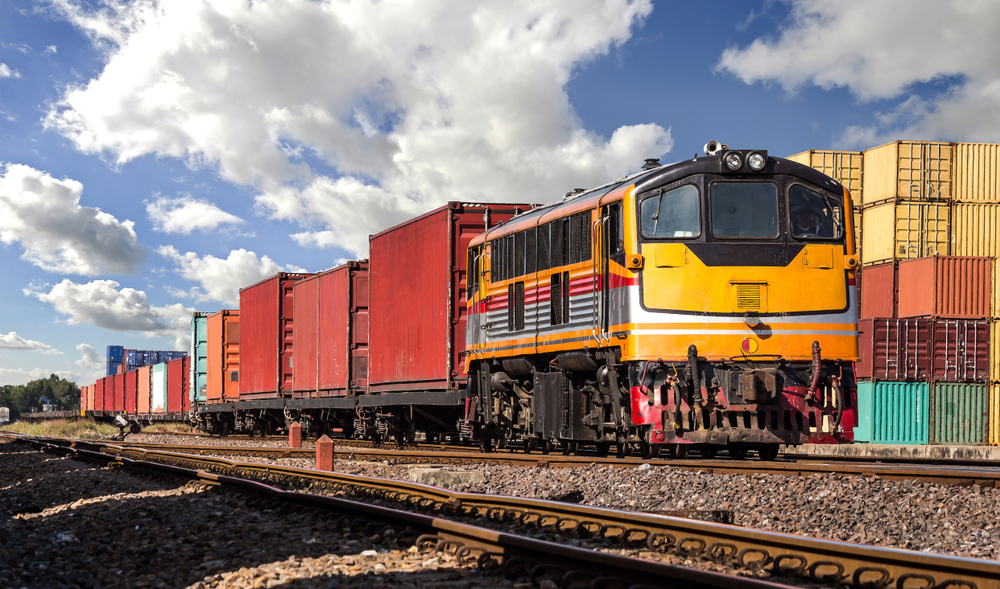
If you’re looking to attract different types of industries, you’re going to need a strong, intermodal network.
The more ways you can offer companies access to supply chains and markets, the better.
Site selectors evaluate a location’s proximity to airports, ports and rail lines. They consider the distance, as well as what types of services are available at each of those hubs.
Some companies are looking to be near large commercial airports because they need to ship and receive cargo. Others need access to airlines that connect to specific cities or countries. While others may be fine with a smaller, general aviation airport that can accommodate private jets for executive visits or occasional corporate travel.
In terms of ports and rail, it all depends on what kind regular use will be required by the company. Will they be receiving several containers per week? Or only a few every year? Businesses that only receive a few containers a year don’t necessarily need to be located near a railway hub, but it might make sense for a manufacturer that receives regular shipments of raw materials.
While companies might dream of scoring a transportation hat trick (interstates, airports, port+rail), site selectors understand the difference between what a company WANTS versus what a company really NEEDS. That’s good news for a location who might feel their transportation system is lacking.
Keep in mind that you don’t need to be all things to all companies. Taking an honest inventory of your transportation assets can help you get a better idea of the kinds of companies your location is best suited for.

Companies are made up of people, and those people have different transportation needs.
As I mentioned, some companies make executive travel a priority. For them, getting CEOs and upper management in and out quickly by plane is a must-have.
Other companies might be more concerned about the employee commute. Does the location provide direct and efficient routes for the people who will work there? Are they located within a reasonable distance from the majority of their workforce?
If you’re looking to attract a large manufacturing, assembly or distribution company with more than 100 employees, they’ll likely need public transportation. Hourly and shift workers may need a way to commute, especially during overnight shifts.
Is it easy to get people back and forth to work? Is it easy for drivers to move product in and out? When they aren’t at work, is it easy for people to get around?
Transportation and quality of life are closely connected. It’s hard for a company to attract talent if one of the “perks” is that employees will be stuck in standstill traffic, every morning and afternoon, from Monday to Friday.

More than 150 years after it was complete, the transcontinental railroad isn’t such a big deal anymore.
But what it stands for still matters.
Even though technology and the internet have changed the way the world does business, companies still need to get things from Point A to Point B. They still rely on roads, rails, ports and planes.
That’s why transportation can always be found on top of the list of what matters to site selectors and CEOs. That’s why locations that invest, upgrade and improve their transportation infrastructure will always have an advantage.
In our bodies, the heart and lungs help supply the oxygen-rich blood that we need to survive. Transportation systems can act like the beating heart and breathing lungs of a county, city or town.
Materials in, product out. Expenses out, revenue in.
Congestion is bad. Circulation is good.
Healthy transportation systems get things where they need to go. The more you keep things moving, the more your economy will grow.
These Stories on Transportation
No Comments Yet
Let us know what you think